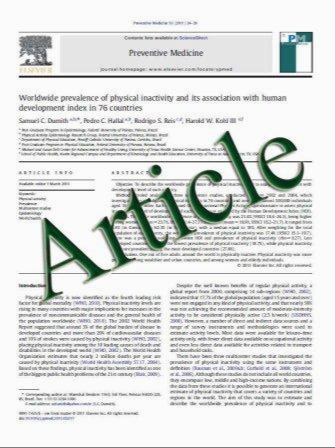Assessment of relevant hepatic steatosis in obese adolescents by rapid fat-selective GRE imaging with spatial-spectral excitation: a quantitative comparison with spectroscopic findings
- نوع فایل : کتاب
- زبان : انگلیسی
- مؤلف : Fabian Springer & Stefan Ehehalt & Julia Sommer & Verena Ballweg & Jürgen Machann & Gerhard Binder & Claus D. Claussen & Fritz Schick & for the DISKUS
- چاپ و سال / کشور: 2010
Description
Objective To test the feasibility of fat-selective GRE imaging using a spectral-spatial excitation technique for determination of intrahepatic lipid content (IHL) in obese adolescents. Methods Fat-selective MR imaging (1.5 T) was applied to record a single axial slice through a representative liver region within a single breath-hold. The sequence uses six equidistant slice-selective excitation pulses with binomial amplitude ratios to achieve high selectivity for lipid signals after appropriate shimming. IHLMRI content was quantified using signal intensity of adjacent subcutaneous adipose tissue. As the gold standard for IHL quantification, singlevoxel stimulated echo magnetic resonance spectroscopy (MRS) was applied. IHLMRS was quantified using the water peak as a reference. Results Forty-five MR examinations could be performed, and IHLMRS content ranged from 0.7% to 19.1%. Results from MRS and fat-selective imaging correlated well with Spearman coefficients between r=0.78 and r=0.86. There were no relevant regional differences in IHL within the liver parenchyma (p>0.6359). Fat-selective imaging was able to reliably identify patients with IHL content above 5% with positive/negative likelihood ratio of 11.8 and 0.05, respectively. Conclusion Fat-selective MR imaging provides both a reliable and a convenient method of rapidly quantifying IHL content in obese adolescents.
Eur Radiol (2011) 21:816–822 DOI 10.1007/s00330-010-1975-4 Received: 30 May 2010 / Revised: 6 August 2010 / Accepted: 29 August 2010 / Published online: 3 October 2010


